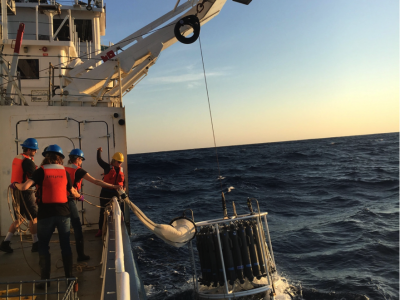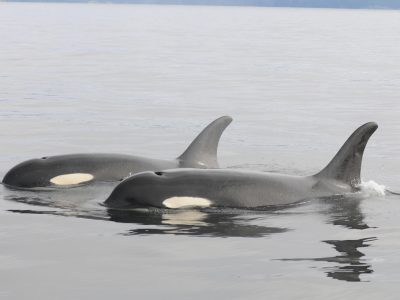How polluted your tuna is depends on where it comes from
By Colin Thackray, Nereus Fellow at Harvard University
It’s fairly common knowledge that tuna is high in methylmercury, a neurotoxin that bioaccumulates in marine food webs. This means that methylmercury magnifies further up the food web – tuna eat smaller fish that eat even smaller fish or plankton — all of which could contain the contaminant.








